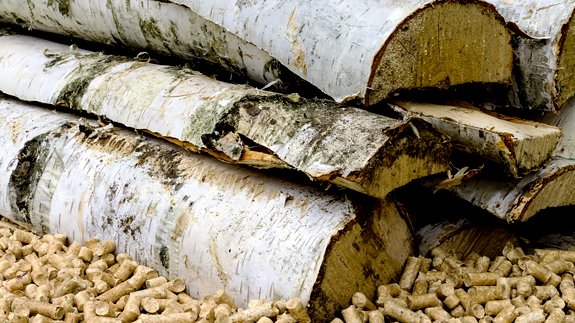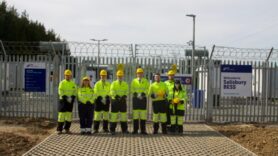Bioenergy and carbon capture and storage (BECCS) must be combined if the UK is to cost-effectively reach its 2050 greenhouse gas reduction goals.
That’s according to a new report from the Energy Technologies Institute (ETI), which says BECCS can remove Carbon Dioxide (CO2) from the atmosphere whilst also producing energy in the form of electricity, heat, gas and liquid fuels. It refers to that as a negative emission energy source.
BECCS works by planting trees and crops, which take in CO2 as they grow. They are eventually burnt or otherwise used for fuel and the resulting emissions are captured and stored in the ground.
The ETI believes BECCS deployment is achievable by 2030 because the individual parts of the process have all been successfully demonstrated – all that is left is for each of the individual aspects to come together in a single power plant.
It claims successful implementation could lead to up to 55 million tonnes of CO2 emissions being removed from the air each year by 2050, equivalent to half of the UK’s emissions target.
Geraldine Newton-Cross, ETI Strategy Manager for Bioenergy and author of the report, said: “The UK is well-placed to exploit the benefits of BECCS because it has vast storage opportunities offshore, experience in bioenergy deployment and academic and industrial strength in both bioenergy and CCS.
“The next steps are to demonstrate all the components together in combination at a UK plant. For this to happen, UK government support for BECCS is vital as the final decision on its implementation will be a political and financial one, not a technical one.”





